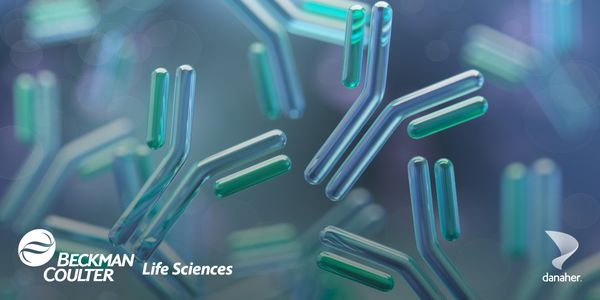Professor of Chemistry, University of Illinois
BIOGRAPHY
Speaker
Abstract
Among the frontier challenges in chemistry in the 21st century are the interconnected goals of increasing control of chemical reactivity while synthesizing and diversifying complex molecules with higher efficiency. Traditional organic methods for installing oxidized functionality rely heavily on sequential acid-base reactions that require extensive functional group manipulations (FGMs). In contrast, nature routinely uses allylic and aliphatic C-H oxidation methods, generally mediated by heme and non-heme iron monooxygenase enzymes, to directly install oxidized functionality into preformed frameworks of complex molecules. Due to their ubiquity in complex molecules and inertness to most organic transformations, C-H bonds have typically been ignored in the context of methods development for total synthesis. The exceptions to this rely on substrate directing groups to facilitate site-selectivity and reactivity. The discovery and development of catalysts for the direct installation of oxygen, nitrogen and carbon into allylic and aliphatic C-H bonds are discussed. Unlike Nature which uses elaborate shape or functional group recognition active sites, these small molecule catalysts utilize differential sensitivity to the C-H bond electronics, sterics, and stereoelectronic environment to achieve predictable site-selective and -divergent oxidations in complex molecule settings- and without the requirement for directing groups. Using these catalysts a code for site-selective C-H reactivity has been delineation that has proven to be highly general across a range of C-H oxidation catalysts and reactions. Our current understanding of these interactions and the development of a catalyst reactivity model that calculates and even predicts the major site of oxidation as well as the magnitude and direction of the site-selectivity in complex substrates as a function of catalyst will be described.
You May Also Like
DEC 09, 2025 | 10:00 AM
Antibody-drug conjugates (ADCs) are transforming oncology by combining the precision of monoclonal antibodies with the potency of cytotoxic drugs. Yet, developing effective ADCs requires ove...
DEC 09, 2025 | 10:00 AM
Ensuring quality and compliance is at the core of every successful clinical laboratory. This webinar brings together CAP expert Daniel and Christie, QA leader from Burning Rock, to explore t...
DEC 10, 2025 | 2:00 PM
Colorectal cancer (CRC) is the second-leading cause of cancer-related deaths in Europe and the U.S.—yet when detected early, the 5-year survival rate jumps to 91% . While colonoscopy r...
DEC 10, 2025 | 8:00 AM
Mass spectrometry (MS)-based proteomic biomarker discovery pipeline commonly begins with large-scale profiling techniques detecting thousands of candidate biomarkers. Efficiently triaging th...
DEC 10, 2025 | 9:00 AM
BACKGROUND . Myelodysplastic syndromes (MDS) are a heterogeneous group of myeloid neoplasms with variable clinical outcomes and an increased risk of progression to Acute Myeloid Leukemia (AM...
Loading Comments...






